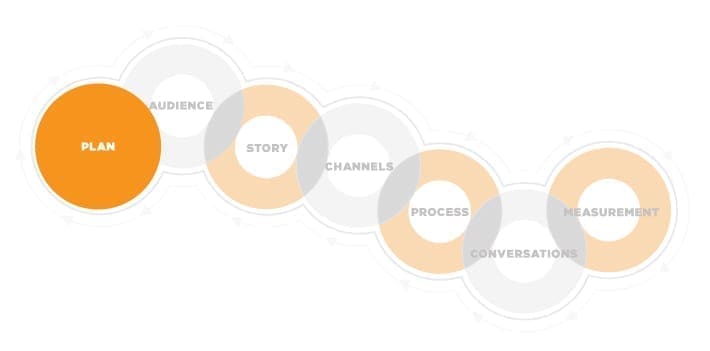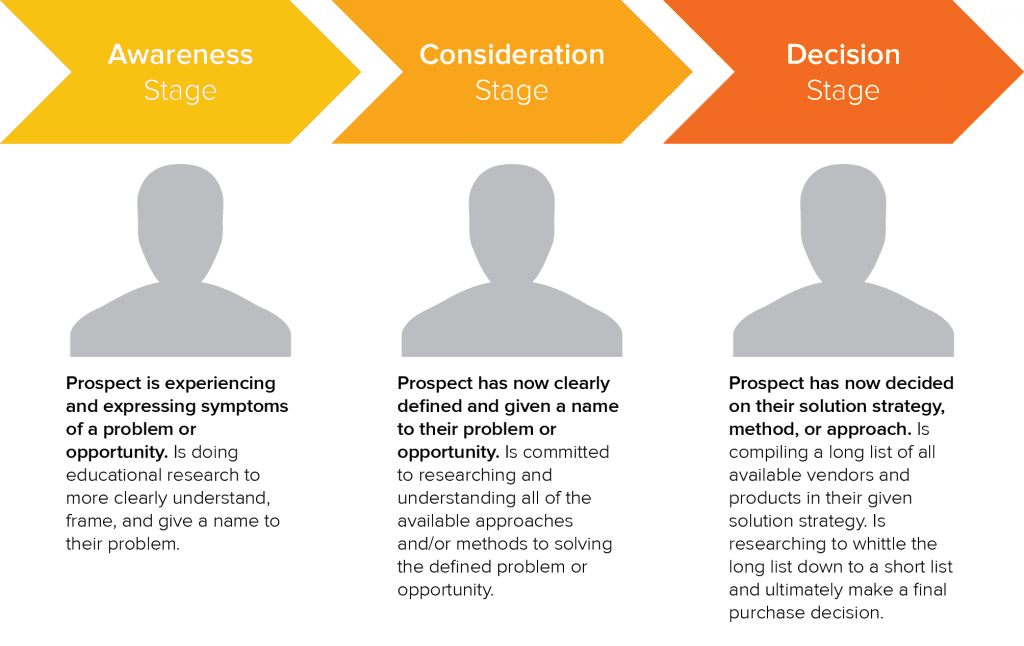Content Marketing and Inbound Marketing are the same things, right? It’s a question that I often receive from business owners, marketers, and sales executives. Content marketing is associated with being an approach while Inbound marketing is identified as a way of doing business.
Content is an important part of inbound marketing but that doesn’t mean that content always equals content marketing. There are tactics that exist outside of the scope of content marketing that are specific to inbound marketing such as SEO, social posting, etc.. Limiting your approach will limit the potential impact your marketing efforts will have on revenue growth. Your approach will also have an impact on the skills, talents, and tools needed to execute.
What is Content Marketing?
According to the Content Marketing Institute, content marketing is a strategic marketing approach focused on creating and distributing valuable, relevant, and consistent content to attract and retain a clearly defined audience to drive profitable customer action.
70% of marketers are actively investing in content marketing. (HubSpot, 2020)

Source: Content Marketing Institute
This approach takes into account creating and distributing content. It focuses on telling the story, the most effective channel to deliver the story, and engaging in conversations. Often people think of it as brand awareness and good content is the foundation of any marketing campaign.
Types of Content Marketing
Content marketing is presented in several types of or formats such as:
- Blogs
- Video Content
- Ebooks
- Guides
- Case Studies
- Resources
- Newsletters
- Podcasts
What is Inbound Marketing?
HubSpot defines inbound marketing as a business methodology that attracts customers by
creating valuable content and experiences tailored to them. While outbound marketing interrupts your audience with content they don’t always want, inbound marketing forms connections they are looking for and solves problems they already have.
This approach takes into account the buyer journey and the overall user experience. It’s not so much about the products or services, rather, it is about solving the challenges potential customers are facing at every stage.

Source: HubSpot
Types of Inbound Marketing
Inbound Marketing often consists of the following:
- Blogging
- Search Engine Optimization
- Social Media Management (Posting)
- Video Marketing
- Ad Development & Landing Pages
- Content Creation
- Email Marketing
Does the Approach Really Matter?
It’s about creating pieces of content that delivers results for your target audience. Determine your approach and start with a content marketing strategy or inbound marketing strategy. All of your content should conclude with a “call to action”. A call to action is an invitation for the users to take the desired action. For example, “Subscribe to our blog to get the latest in your inbox weekly!”
How to measure the success of the content and inbound marketing?
Before you start with the content or inbound, evaluate your ability to measure the results. For example, if your content or landing page says “Call Now!”, I recommend that you:
- Have a method to measure the number of telephone calls received as a result (call tracking).
- Determine the goals and objectives for each piece of content associated with your approach.
- Create a list of key metrics that you’ll track and record periodically.
In our experience, keep it simple with engagement metrics and expand from there. Don’t be afraid to test new ideas and delivery methods.

Leave a Reply